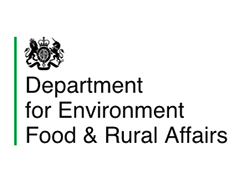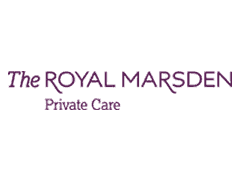At what point do you stop giving information to get something offered on the internet? Is it when they ask for your name, email, or your phone number?
Consumers want personalised content, yet we are all concerned about our data privacy. How are brands supposed to tackle that? If consumers aren’t willing to give us personal information, how could we ever personalise content for them?
Well, it’s not as hopeless as it sounds. Oracle Retail recently did a big study into what level of personalisation customers really want. They found that people are uneasy when asked for information that they see as unnecessary to the interaction, such as a phone number, or when they are targeted based on information they don’t remember giving.
They also found that people now realise brands may have been using personal data long before we realised and that parents are especially concerned when brands target their children.
What is clear from these findings?
Personalisation is only a problem when there is a lack of transparency and disregard for boundaries.
So, here are our tips to make sure your brand is clear about how you use personal data, and that you don’t step outside the lines.
Disclose from the start
If you want to maintain trust and credibility, it’s a good idea to disclose to people how their personal data is going to be used right from the very start. Pointing out to people exactly how you will use their information will avoid intrusive feelings from personalised content, or them feeling like your brand is using personal information they don’t remember giving. This will also allow your brand to think about why and if they really need that personal data you are asking for. Remember, any data you collect you should be able to use to deliver value to your audience.
Remain transparent
According to GDPR, your audiences personal data is more than an email address and phone number – it can be a person’s physical, physiological, genetic, mental, economic, cultural, and social identity. Define what data your marketing collects and seek only the essential information. Any unnecessary details can overstep personal boundaries and weaken the relationship.
Explain upfront to your audience members how their data could be used in the form of a disclaimer. Detail the data you are collecting and how it could appear in the content serviced to them. Then ask for their consent.
Do personalised content the right way, not the creepy way.
It’s a big circle that can come crashing down if you don’t get it right. Delivering successful personalised content relies on being able to show value to the audience. To show value, we need the information to have insight into what the audience values. Being deliberately transparent on how you will use your audience’s personal data is key to avoiding uneasiness about disclosing this information.










